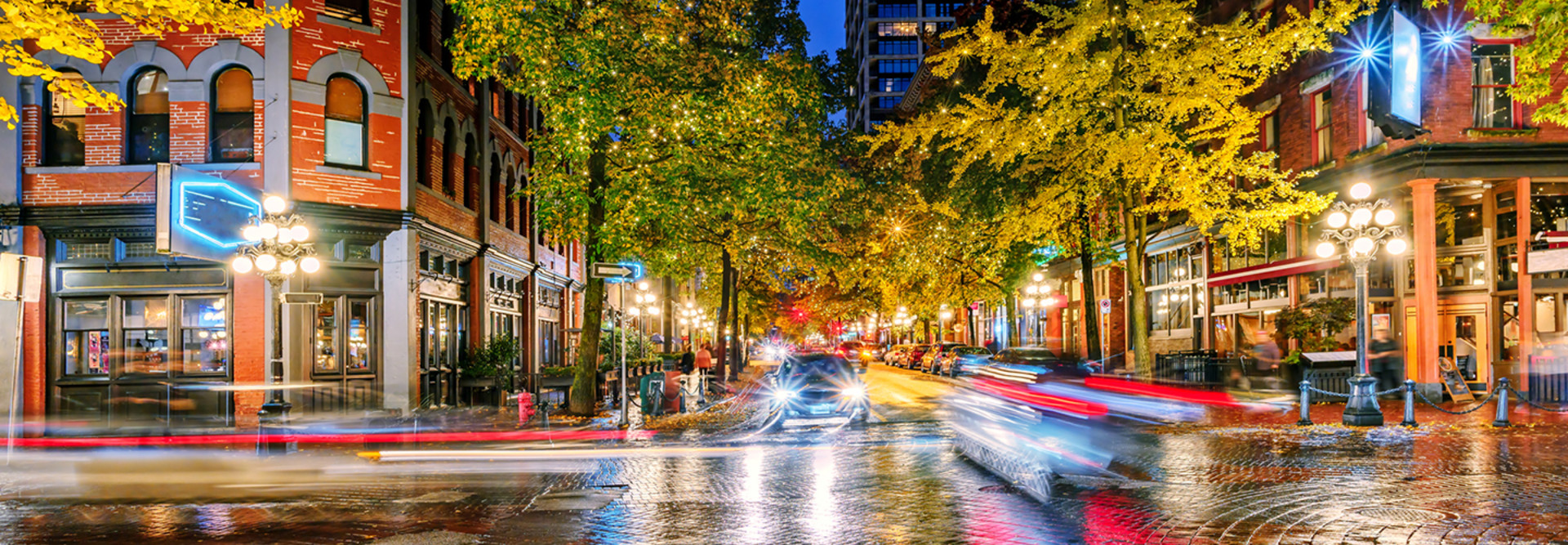Why Connected Intersections Are the Backbones of Smart Cities
Smart cities and connected transportation continue to gain popularity with city officials and citizens alike. From streetlights to bus stops to parking meters, smart cities are continuing to expand their connected transportation systems. With many entry points to starting a smart community, public officials first need to decide an important question: “Where do we start?”
One smart option is connected intersections, and the good news for public officials is that there is assistance to all states in the form of the SPaT Challenge (SPaT stands for Signal Phasing and Timing). Created by the U.S. Department of Transportation along with the National Operations Center of Excellence, the SPaT Challenge is an initiative challenging state and local transportation officials to create approximately 20 connected intersections in every state by 2020.
Connected intersections are a foundational piece for a smart and connected city. When done correctly, they can support a city’s technological growth by bringing separate applications together.
Using traffic signals that work directly with the platforms and network underlying a smart city, connected intersections can act as the ultimate conductors. They control traffic patterns, communicate with emergency service vehicles on the road and even “talk” with the ever-growing presence of smart cars. With connected intersection technology, city officials can be confident intersections in their cities are safe, which affects the safety of the roadways and cities overall.
MORE FROM STATETECH: Find out how cities can overcome challenges to smart city deployments.
Connected Intersections Build Safety and Security
As cities continue expanding the use of smart and sensor-driven technology, a major expectation of these investments is that they will help improve safety. With millions of traffic incidents occurring each year, lives are at stake. With connected intersections, the signal timing of stoplights can be prioritized to best meet the needs of real-time traffic situations.
Relying on communications from ambulances, connected vehicles and sensors on the roadways, connected intersection technology can control traffic signals that correspond with activity on the roads. In fact, intersection-focused safety applications could help address up to 575,000 crashes and 5,100 fatalities per year, according to Iowa State University research.
For instance, during rush hour when a large number of pedestrians are on the street, a traffic light downtown could be timed to delay for an extra few seconds before a light turns green to better ensure the crosswalk is clear. This can create not only safer roads, but also roads with less traffic congestion.
Of course, citizens want to know their vehicles and personal data remain secure — even when shared with the traffic camera and roadway sensors. Data coming into an intersection network from a connected vehicle or sensor is randomized and changes every 10 seconds, which means no personal identifiable information of a citizen is ever shared.
In 2019, we will see more advancements to keep citizens safe with the use of blockchain to authenticate data transactions on the roads and at the intersections, ensuring all cars and drivers on the network are safe.
Beyond physical citizen safety is the safety and security of the city’s network. Each city that deploys connected technology relies on a network to keep the technology up and running.
Connected intersections bring information from various network sensors — on the roads, on the emergency management vehicles and even on the snowplows — into a central hub for the data. By bringing data into a centralized location, connected intersections can help find anomalies across the network and flag anything that does not seem right.
MORE FROM STATETECH: Discover why these smart cities are the ones to watch.
Connected Intersections Serve as the Foundation for Smart Cities
Another key characteristic of connected intersections is that they can act as the first layer of smart city development for city officials to build on. They are the first step into the creation of a smart city.
Because the data from roadway sensors and emergency vehicles can go to a centralized location, the information no longer sits in silos. The integration of this data not only improves security as noted above, but it also can be used to create a more efficient city. The connected intersection gives city officials a taste of how their cities can become more efficient.
Connected intersections also help cities foray into a smart city with existing traffic controllers already in place to update processes without fully replacing the system. Also, pedestrian safety systems can be applied on top of the connected intersection technology to create safer streets for cars and pedestrians alike.
What Comes Next with Connected Intersections?
Looking forward, cities will begin to deploy smart intersections at a rapid pace. As more cities rely on the technology to create safer roadways for their citizens and to build a fully smart city, city officials will begin to see not only a wide range of safety benefits, but also environmental benefits they didn’t see before, with less traffic congestion.
This year marks a turning point for the technology and will be the year that connected intersections are not only part of the planning discussions, but are made a reality.










